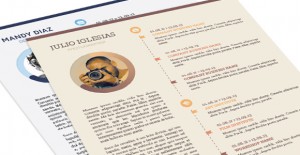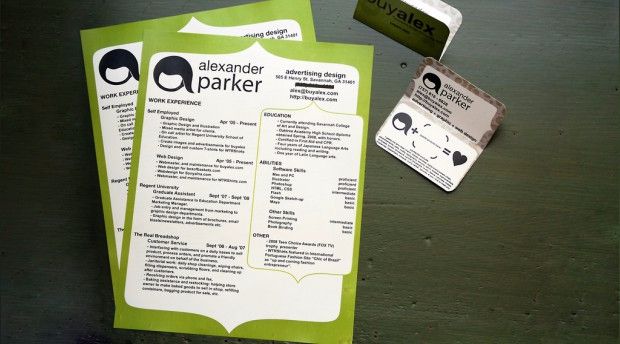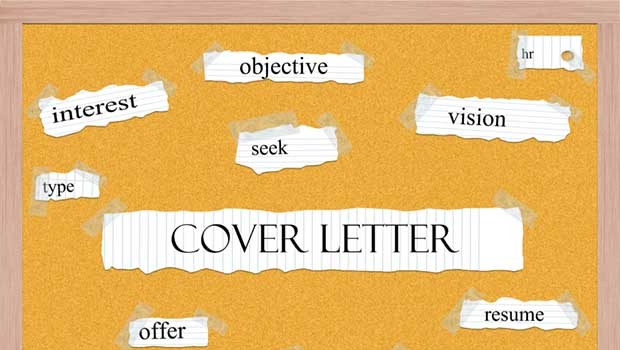How to Create a Resume as a College Student
Post Views 7So you’ve thought about what you want to do after graduation. Now what? Before you can apply for that dream job, you’ll need a top-notch resume.
A clear and concise resume is essential to marketing your skills and enticing prospective employers. Without it, you likely won’t land a job. Make it your goal this month to write a high-quality resume that positions you as an excellent job prospect.
Get started now. “Avoidance behaviors tend not to work well,” says Wayne Peterson, a career center director.
Here are typical questions seniors ask about resumes and answers from professionals who help them:
How Should I Start?
Visit your career center. Counselors there will help you to assemble the information needed to draft your document. “All of us provide tutorial information,” says Peterson. “It’s a really easy place to start.”
The basics are no secret, however, and you can write one on your own. Before you get started, it’s useful to get an idea of what you can offer to employers. The following exercises will help you make a complete inventory of your skills, experiences and accomplishments.
Begin by writing down a chronology of your work experience, both paid and unpaid, with dates and job titles, says Lance Gunnison, a career center professional. Then write a description of each experience. Highlight your accomplishments, not just your everyday duties.
You’ll want to tailor your info to each job you’re applying for. To do this, your document should emphasize the qualifications you possess that match the requirements outlined in the job description. This exercise can help: Prepare two lists. The first should consist of your top 10 strengths. For instance: what would family, friends and former employers say about you? The second should include the skills and abilities employers in your chosen field are seeking.
Compare your list of your key strengths with what employers want in candidates. The strengths that match on the two lists should go on your resume, she says. “That’s what you want to develop on the resume. Then it’s not contrived – it’s who you are,” says Deborah Needles, another career service director.
Evan Zimmerman, a senior at the University of the South, created his first resume in high school while applying for colleges. In college, he started keeping a list of his activities.
“From that base, I can then choose the activities that are most relevant to the job-application process,” the 21-year-old says. “Depending on whether it’s a graduate school or a consulting firm, you can pull activities from your master list that fit the best.”
His method has worked. Zimmerman has interned in Washington, D.C., for the past four summers, most recently with the White House Office of Faith-Based and Community Initiatives. The public-policy major also has interviewed with nine companies this fall for public-policy consultant jobs to gain professional experience before applying to law school.
What Should I Include?
Having assessed your skills and experience as well as the credentials employers are seeking, now it’s time to write your resume. First and foremost, write your name and contact information, such as a permanent address and phone number, your cell-phone number and your e-mail address. You also can include your school address.
Below your contact information, write an objective.
Stating your career objective can be as simple as saying that you’re looking for a job in sales with an opportunity to grow or advance. Then tailor the objective to each job for which you apply. “Most students don’t understand that they can have multiple career objectives and multiple resumes,” Peterson adds.
The objective is a very brief snapshot of what it is [job candidates] are looking for.
Next, assemble your work experience. Include the company’s name, the position’s title and your dates of employment. Then describe your experience under each heading. Try to describe accomplishments, not just daily responsibilities. A short resume is best for entry-level candidates. If your work experience fills more than a page, eliminate the positions that aren’t relevant to the job you’re seeking.
As you review your document, locate your three biggest accomplishments, Gunnison suggests. If they’re not in the top third of your document, reorganize.
Write down your educational accomplishments. Include your grade point average if it’s above 3.0. If you have a higher G.P.A. within a related major, list that as well. Also mention classes or completed projects related to the job.
Add activities that show your leadership skills or other important characteristics, as well as any pertinent special interests or skills, such as speaking a second language. Don’t include personal information or nonessentials – activities or experiences that have no relationship to the job.
One way to know what to write is to research the targeted employer, Needles says. To learn about a company’s culture, visit its Web site or speak to its employees. Then look at the job description and choose key words to reflect in your resume. If the description includes the word leader, for example, find examples of leadership for your resume.
How Should I Put It Together?
Compare your work experience and educational background. Which has more of the qualities that demonstrate you’re right for the job? Choose the stronger and place it immediately below your objective.
Keep your resume to one page – most seniors don’t have enough accomplishments to make two pages necessary, says Somers. On average, he spends about two minutes scanning resumes that pass his desk and prefers those which list jobs in reverse-chronological order – the most recent job first.
Tailor each resume to the job for which you’re applying.
“It’s pretty clear that just doing a gross dumping of information doesn’t work,” Peterson says. Potential employers who receive resumes that aren’t tailored to their openings will quickly see that applicants haven’t done any research.
In addition, more employers are using prescreening software to weed out resumes that lack key words before sending them on to human eyes, Peterson says.
Lastly, don’t print your resume on brightly colored paper or use fancy formatting and graphics. This shows a lack of professionalism. Simple is best, Somers says.
Final Tips
To ensure your resume is in good shape, ask an adviser at your career center to review it. Then, have someone proofread the final document. “Even with today’s use of computers, [candidates] still submit resumes that have spelling and punctuation errors,” Somers says.
Zimmerman spent 30 minutes with a counselor at the University of the South’s career center who checked his resume and cover letters. He also asks a friend to review his resume before he submits it. He advises other students to do likewise.
“A lot of times, when you’ve looked at a document 10 times, you are susceptible to looking over basic mistakes, just because you’ve been looking at it so long,” he says.
How to Create a Resume as a College Student by Granted Contributor



 Top 13 Skills to Have on Your Resume
Top 13 Skills to Have on Your Resume  How to Address a Layoff on Your Resume
How to Address a Layoff on Your Resume  5 Types of Skills Employers Want to See
5 Types of Skills Employers Want to See  Small Changes to Your Resume That Make it Easy to Scan
Small Changes to Your Resume That Make it Easy to Scan  6 Words to Remove from Your Resume
6 Words to Remove from Your Resume  6 Resume Guideline Changes You May Not Know
6 Resume Guideline Changes You May Not Know  Top 5 Cover Letter Tips
Top 5 Cover Letter Tips  Three Types of Cover Letters to Write
Three Types of Cover Letters to Write